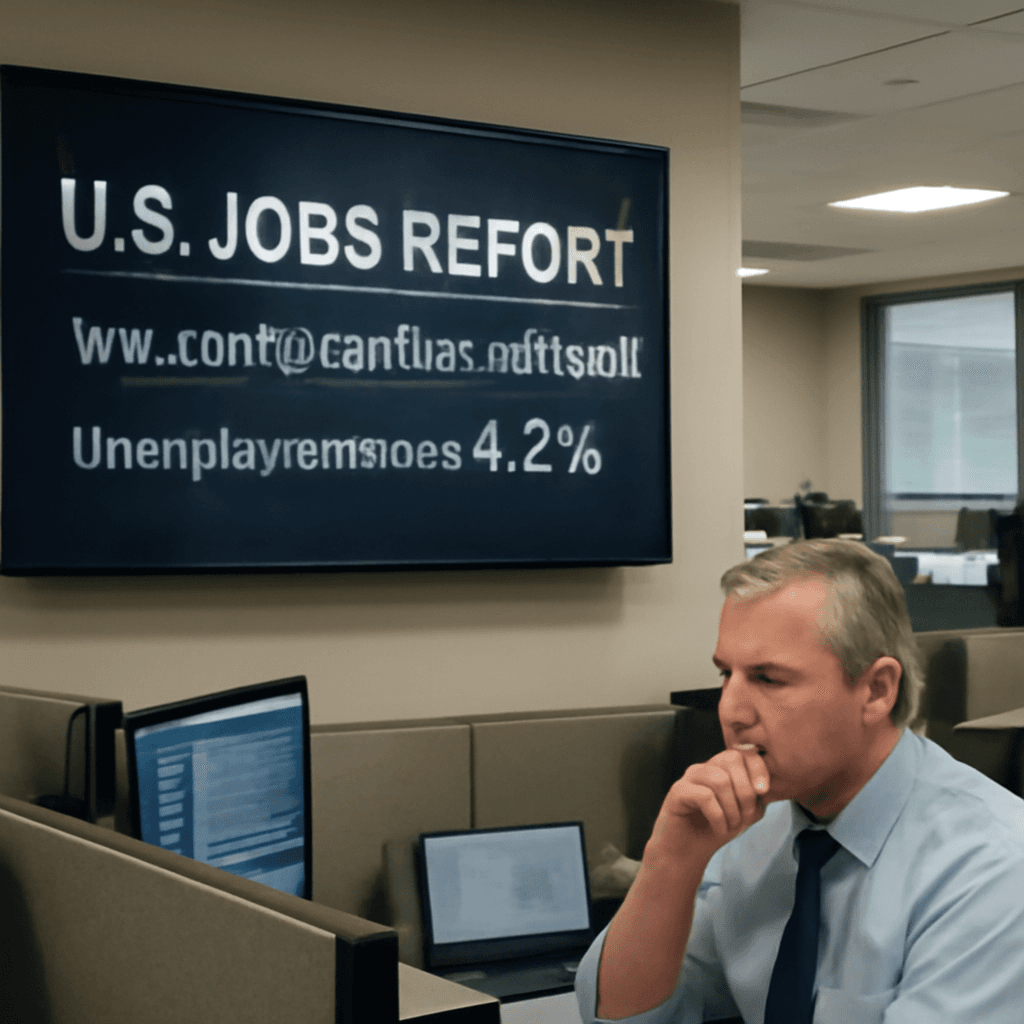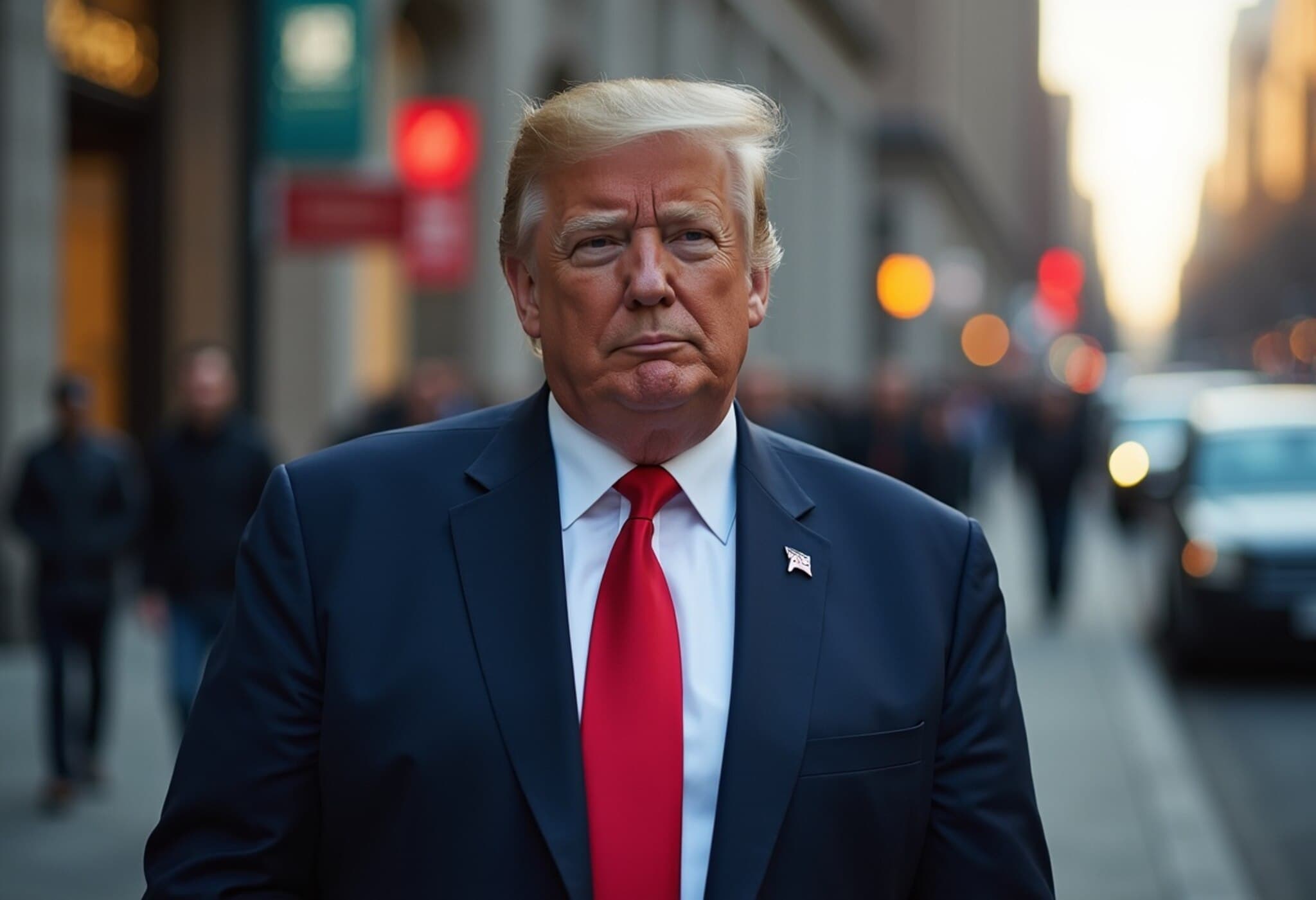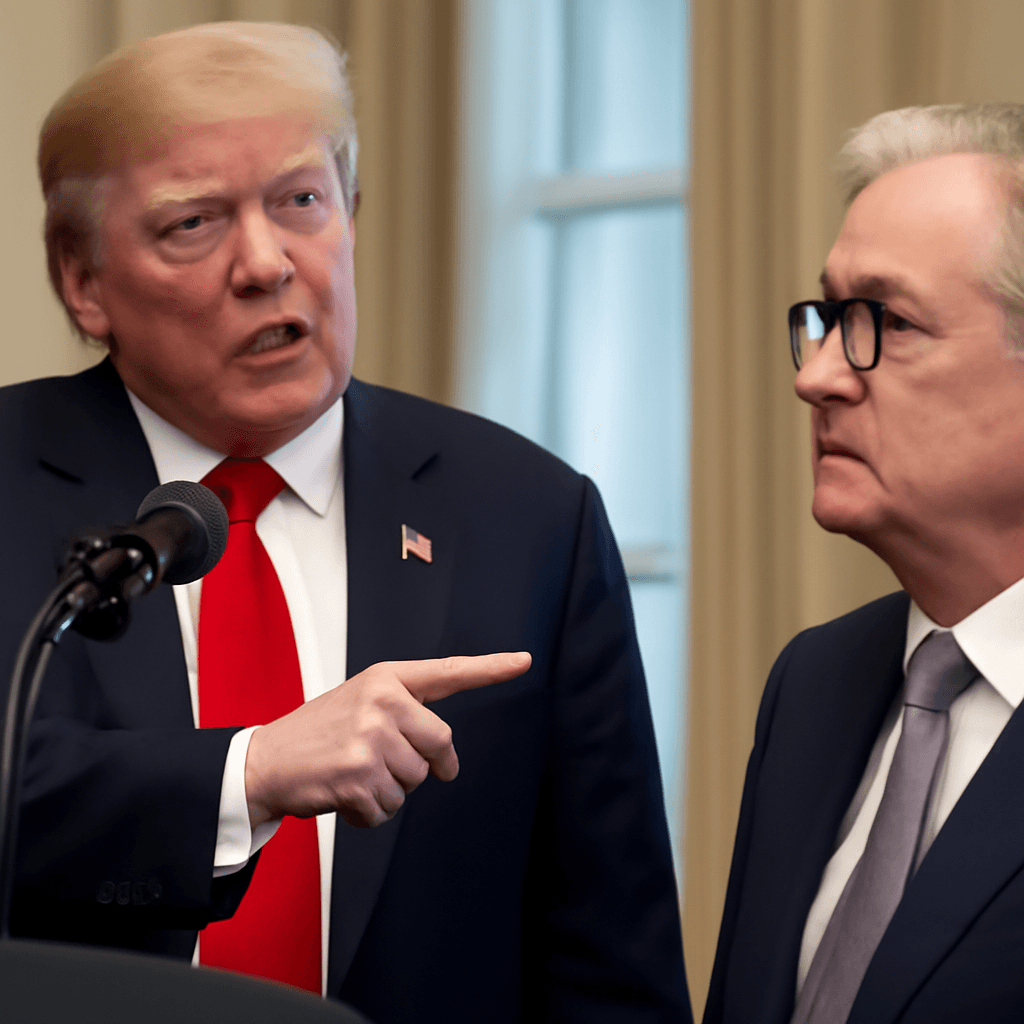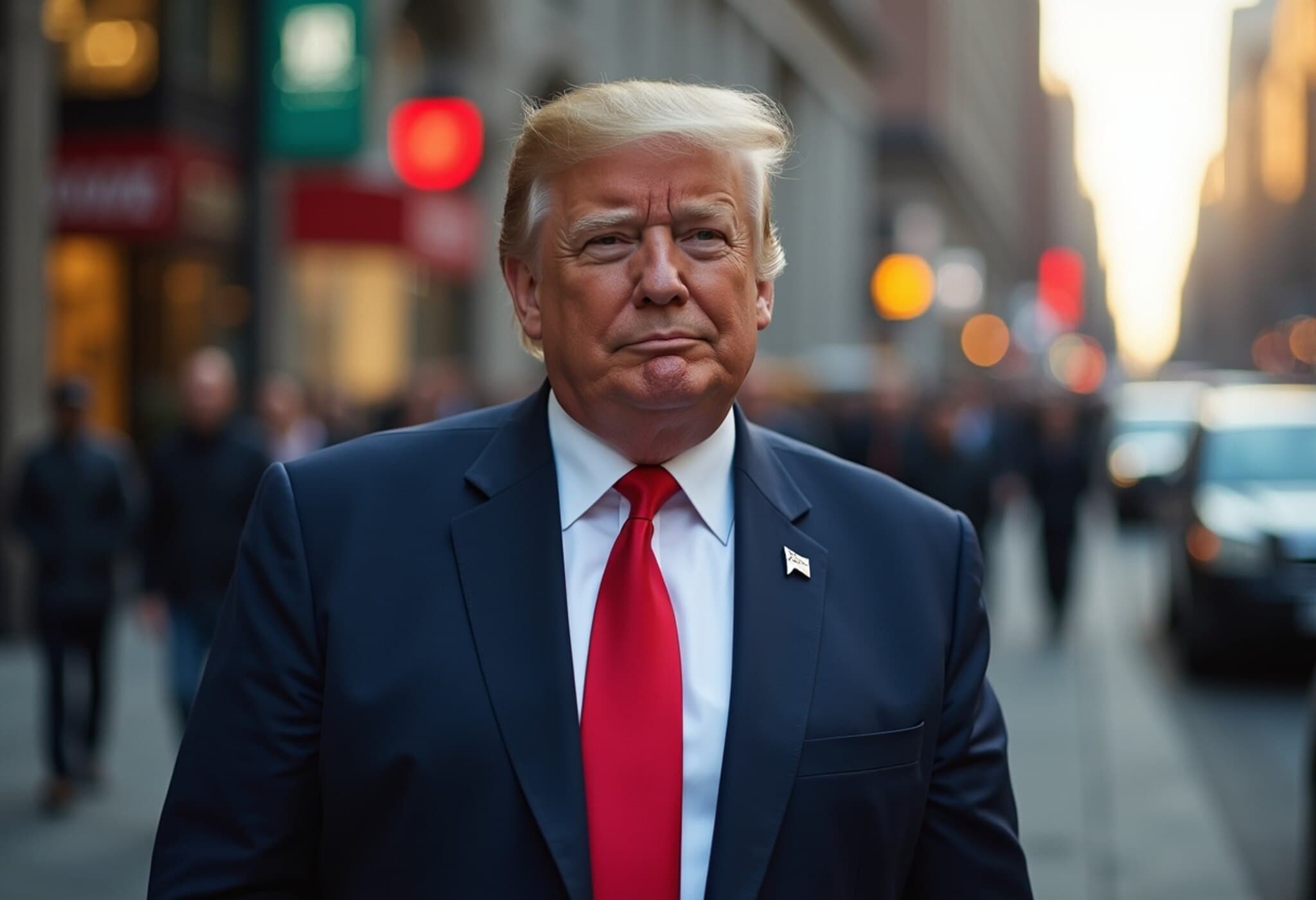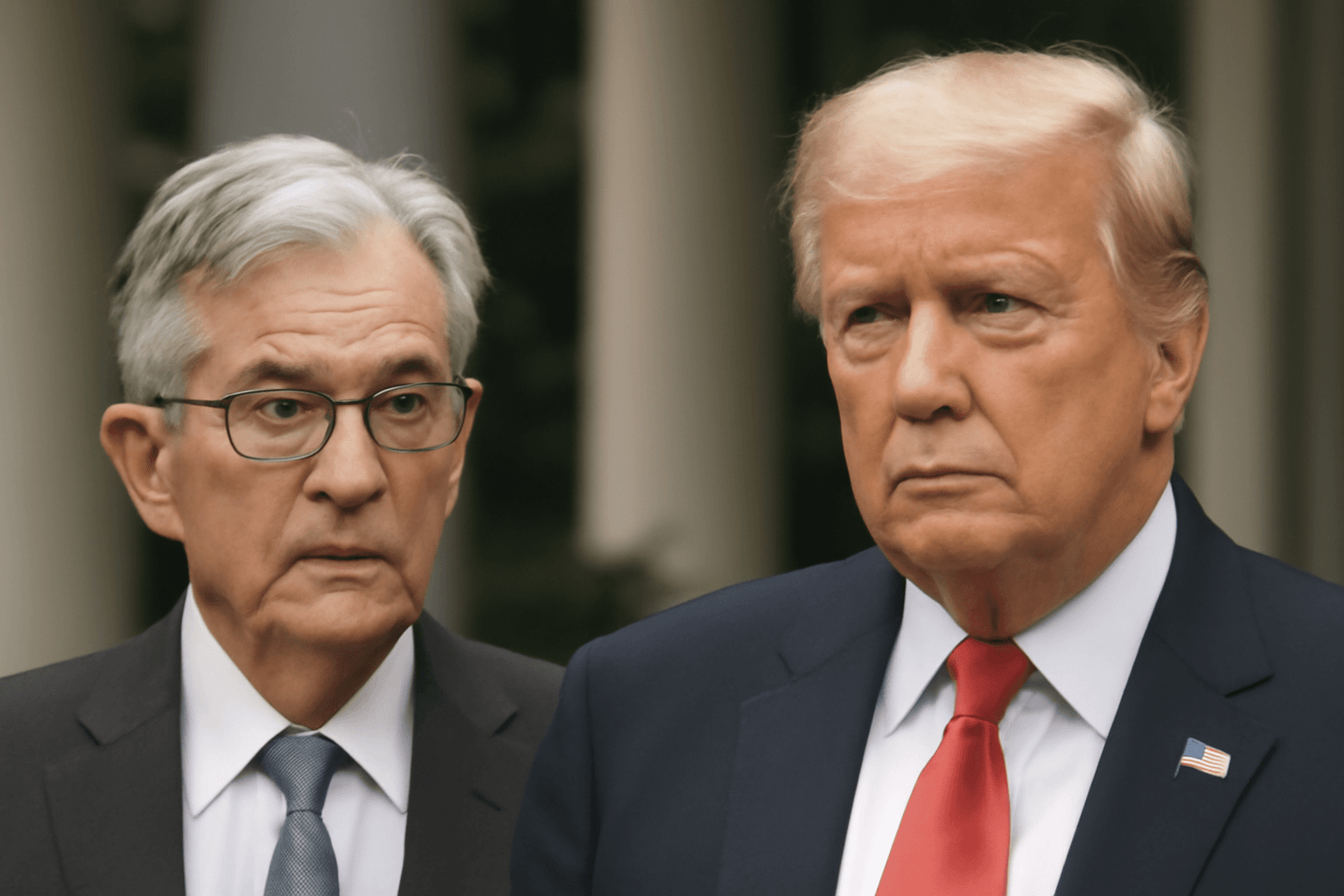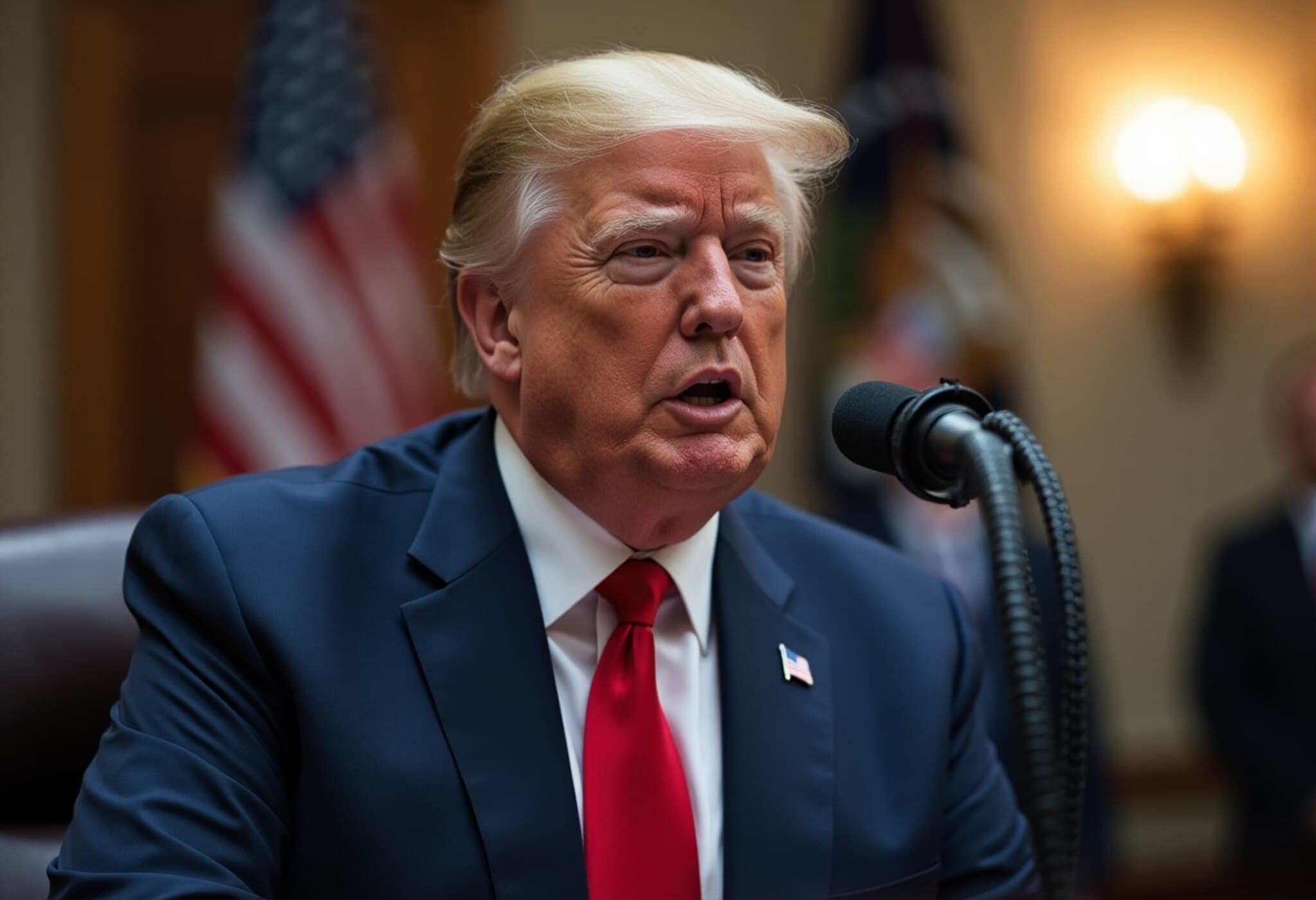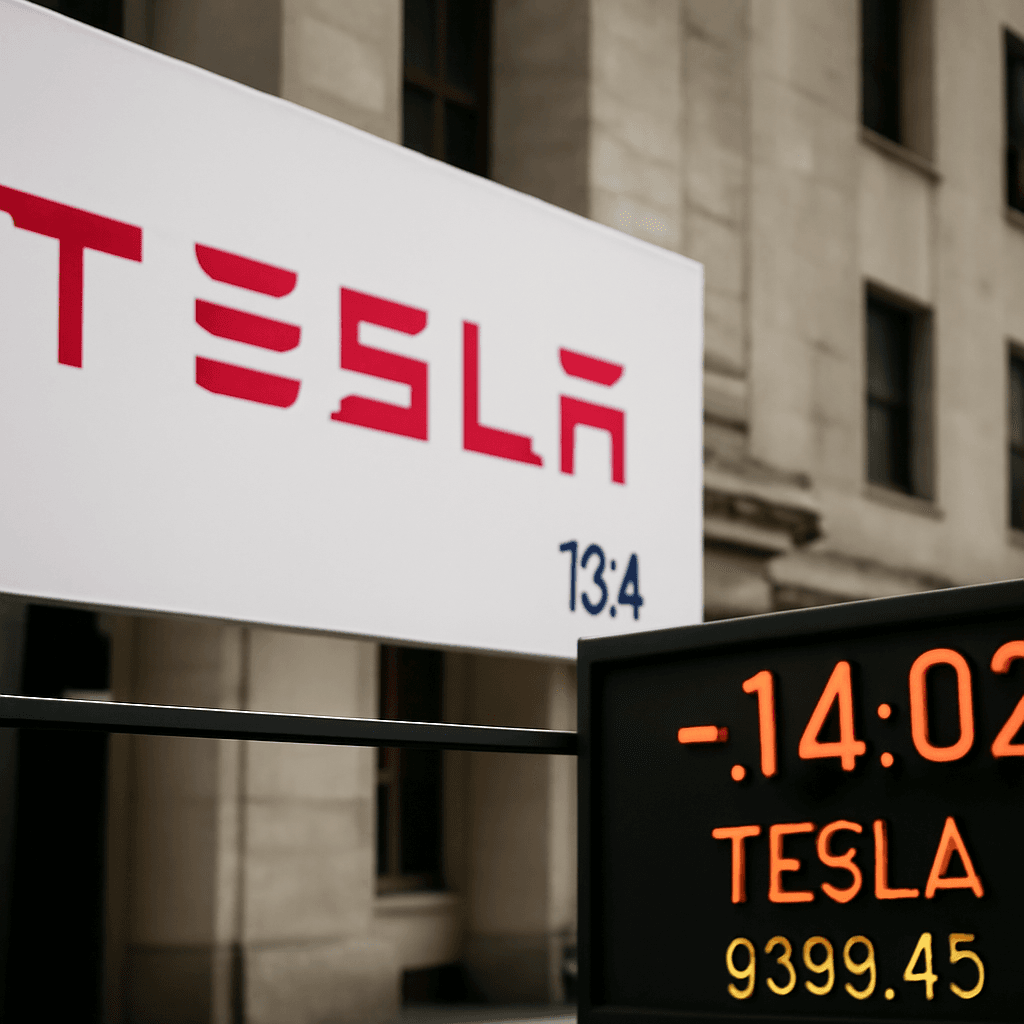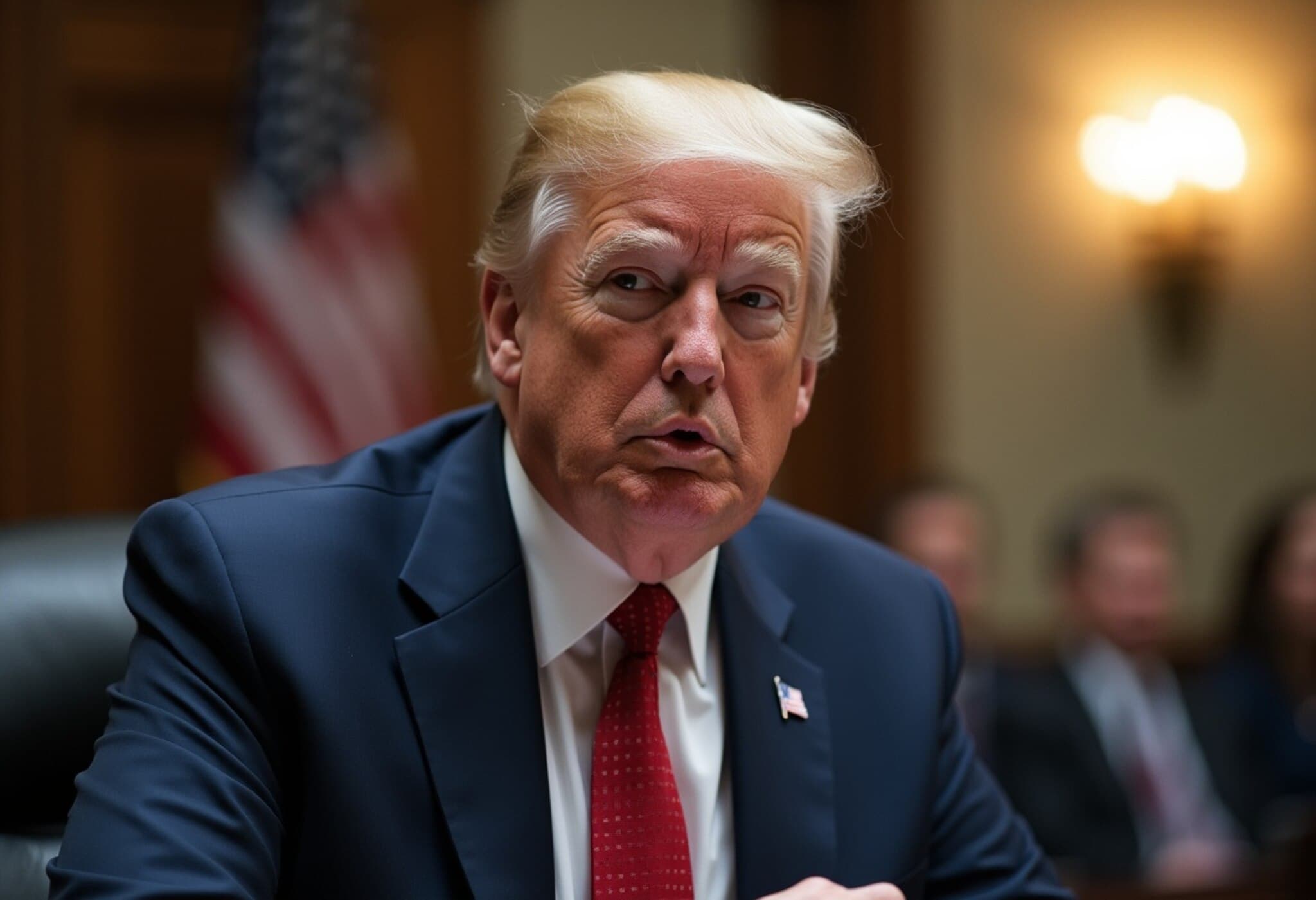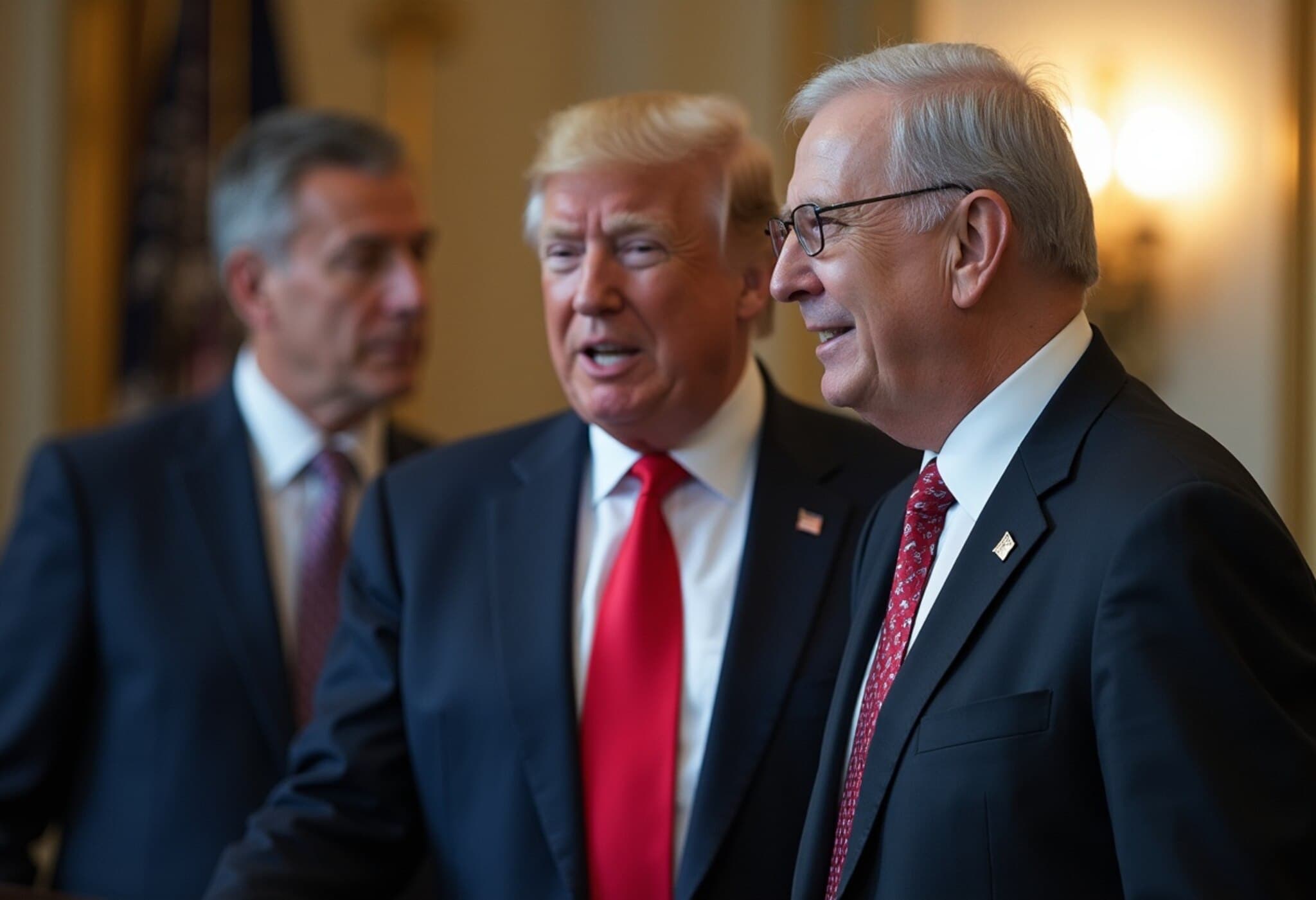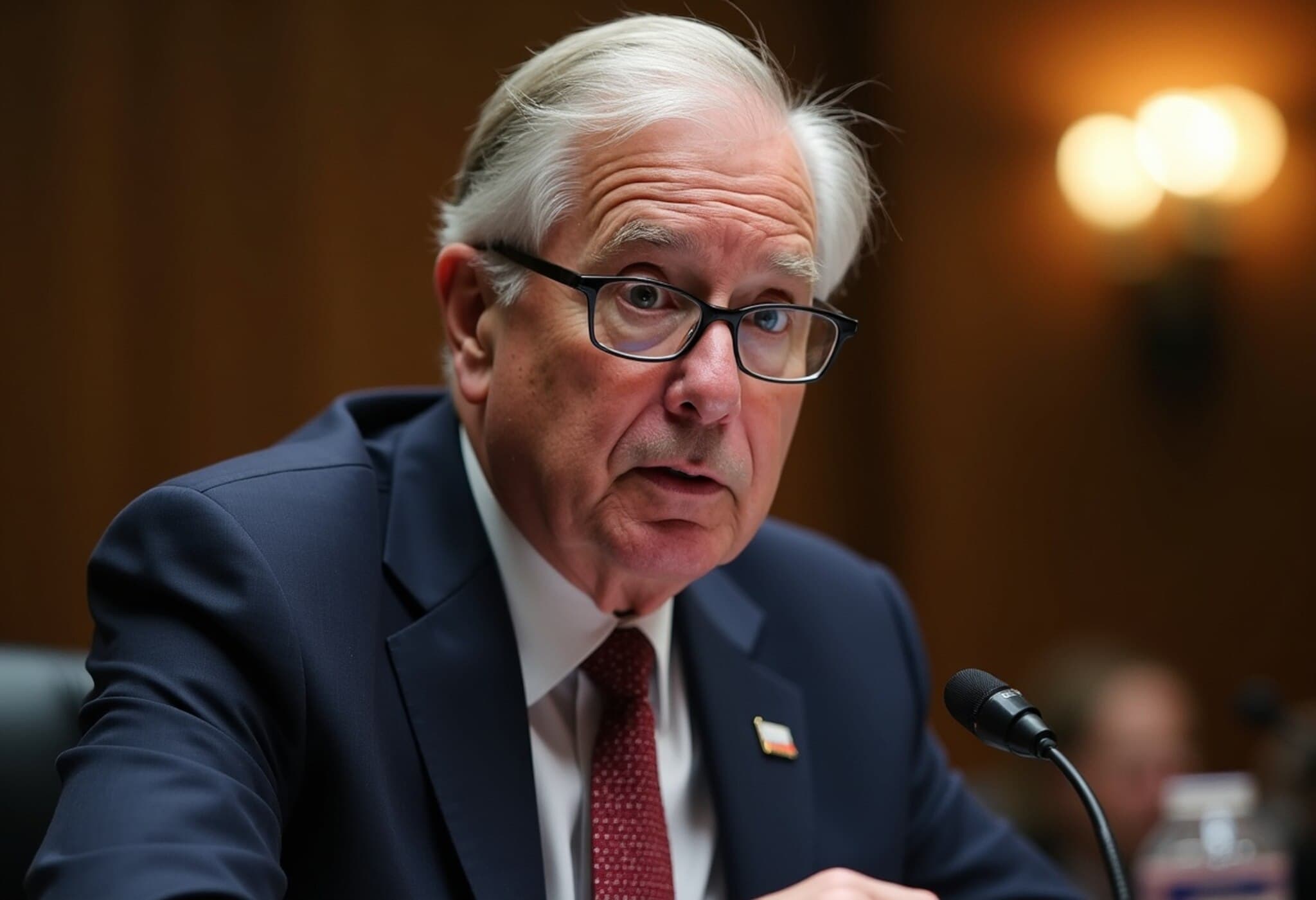July Job Growth Disappoints with Only 73,000 Jobs Added
The U.S. labor market showed signs of cooling in July, as nonfarm payrolls expanded by just 73,000 jobs, well below expectations and signaling potential headwinds ahead. This tepid figure comes on the heels of significant downward revisions for May and June, which together reflected a loss of 258,000 jobs from prior estimates.
Revisions Paint a Weaker Picture
Originally reported gains of 147,000 in June and 144,000 in May were sharply cut to 14,000 and 19,000 respectively, underscoring mounting fragility in hiring trends. Meanwhile, the unemployment rate edged higher to 4.2%, aligning with forecasts but hinting at subtle softening.
Sectoral Shifts: Healthcare Leads, Government Declines
Healthcare remained a bright spot in an otherwise muted report, adding 55,000 jobs and continuing its post-pandemic recovery momentum. Social assistance also contributed 18,000 new positions. However, government employment saw its fifth consecutive month of declines, shedding 12,000 positions in July and totaling an 84,000 drop since the start of the year.
Wage Growth Only Modestly Supports Workers
Average hourly earnings rose by 0.3% month-over-month and 3.9% year-over-year, modestly beating expectations, but not enough to offset concerns about job quality and labor market slack.
Broader Indicators Suggest Cooling Labor Force Engagement
The household survey provided a somber complement to establishment data, showing a decline of 260,000 workers. Participation rates slipped to 62.2%, the lowest since late 2022, while a more comprehensive unemployment measure—including discouraged and underemployed workers—climbed to 7.9%, the highest since March.
Economic Context and Policy Implications
These labor market signals come amid persistent uncertainties over trade policy and tariff escalations, which are dampening firms' hiring appetites. President Donald Trump has vocally pressured the Federal Reserve to ease interest rates aggressively, calling on the central bank board to override Chair Jerome Powell after the Fed held rates steady in July.
"Jerome 'Too Late' Powell, a stubborn MORON, must substantially lower interest rates, NOW," Trump tweeted, reflecting his frustration with the Fed's cautious approach.
Market reactions were swift; stock futures declined and Treasury yields dropped sharply post-report. Futures traders increased the probability of a rate cut in September to 63%, up from 40% the day before.
Expert Perspectives
Heather Long, Navy Federal Credit Union’s chief economist, described the report as a "gamechanger," emphasizing accelerating deterioration in the labor market. Meanwhile, Ger Doyle of Manpower Group noted the trend of "slow but persistent cooling" in hiring momentum.
Why This Matters for the U.S. Economy
Despite the softness in employment figures, other economic indicators remain mixed. Gross domestic product grew at a robust 3% annualized rate in Q2, buoyed by inventory adjustments ahead of tariff changes. Yet, underlying demand and consumer spending gains remain modest.
This nuanced snapshot highlights a labor market at a crossroads—still resilient but increasingly vulnerable to policy shifts, trade tensions, and global economic uncertainties.
Looking Ahead: Key Questions
- Will the Federal Reserve respond with rate cuts in September to stave off a deeper slowdown?
- How will trade policies and tariffs continue to affect business hiring decisions?
- What role will wage growth and labor participation play in shaping the economy's recovery trajectory?
Editor’s Note
The July jobs report reveals a subtle yet troubling inflection point for the U.S. labor market. With hiring momentum waning and participation declining, policymakers face a delicate balancing act: supporting growth without reigniting inflation. As trade uncertainties linger and wage growth remains modest, the next few months will be critical in determining whether this soft patch deepens or stabilizes. Observers should watch Federal Reserve signals closely, as central bank actions in September could significantly influence the trajectory of the recovery.


